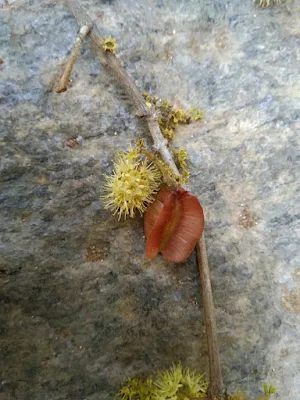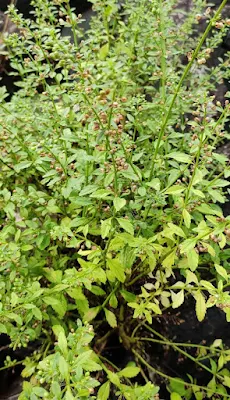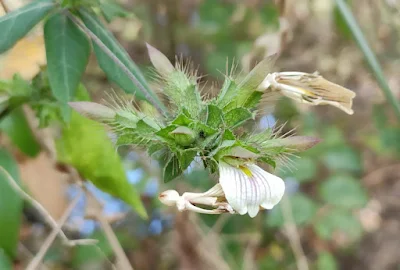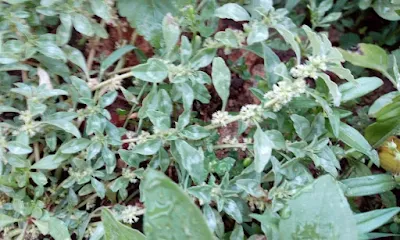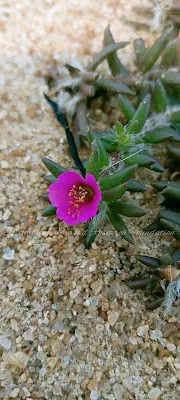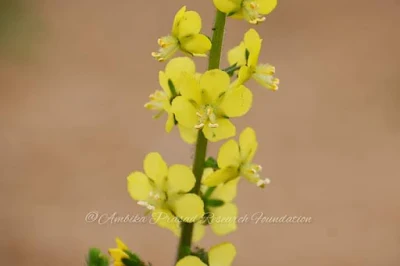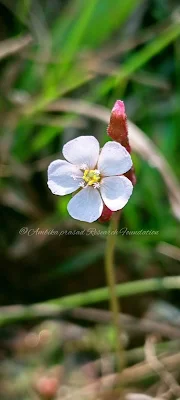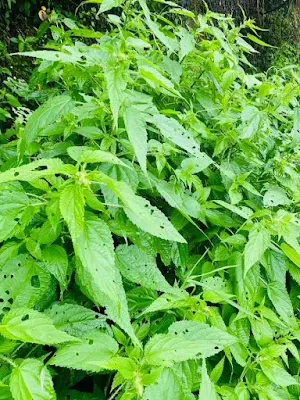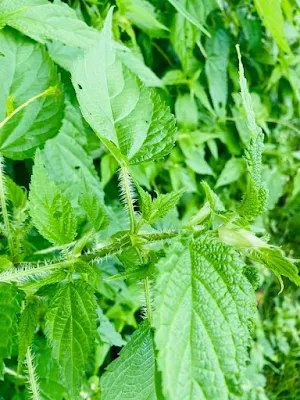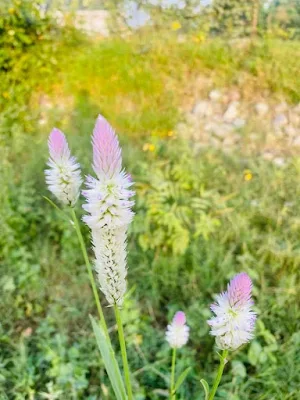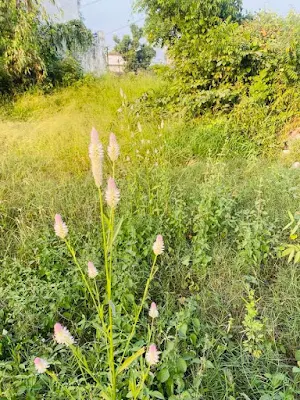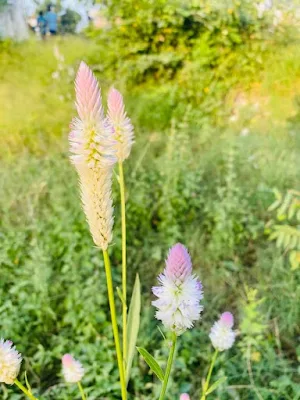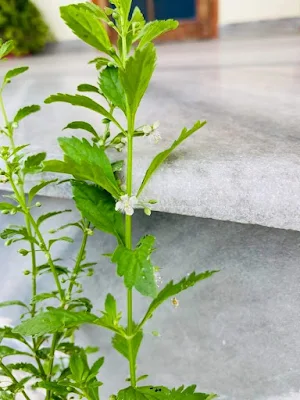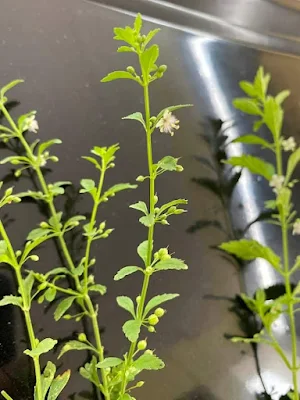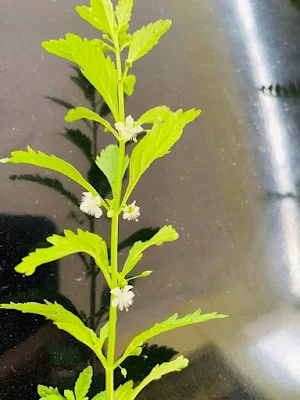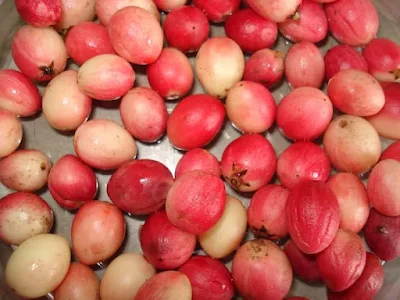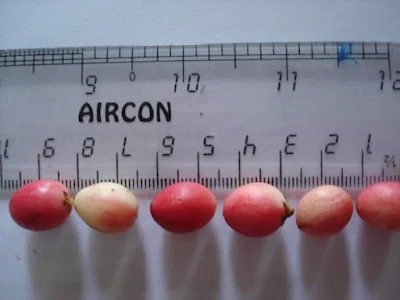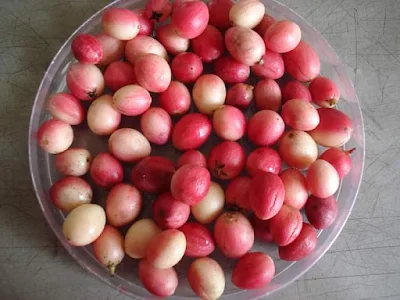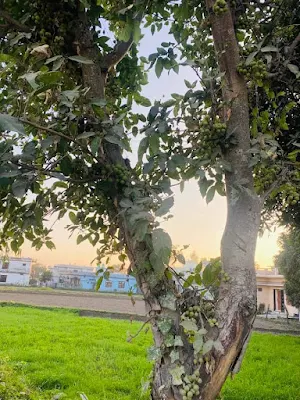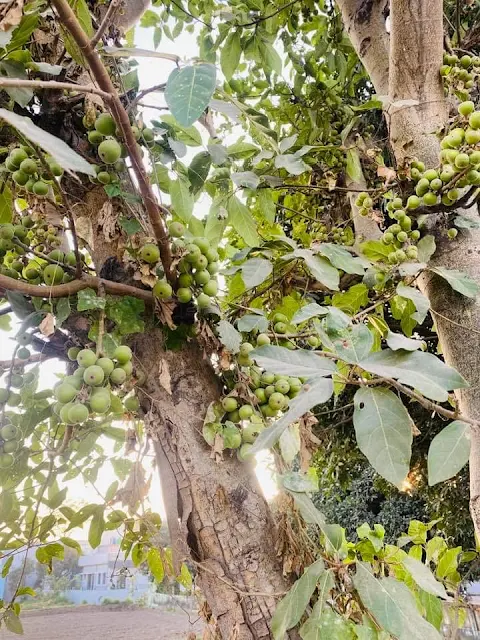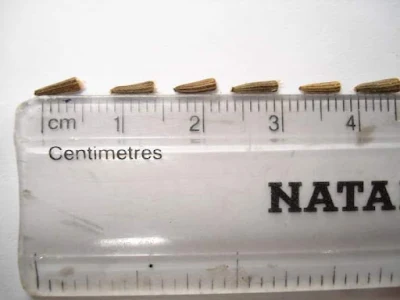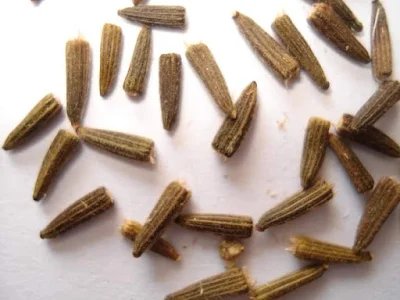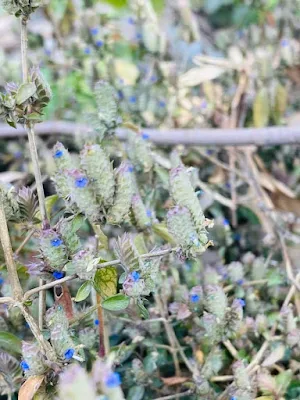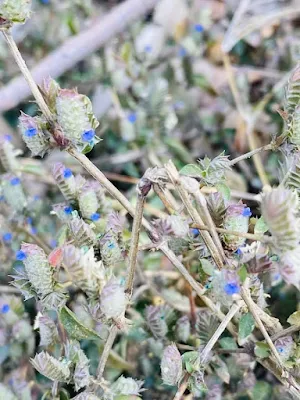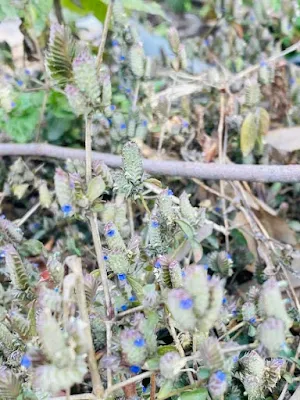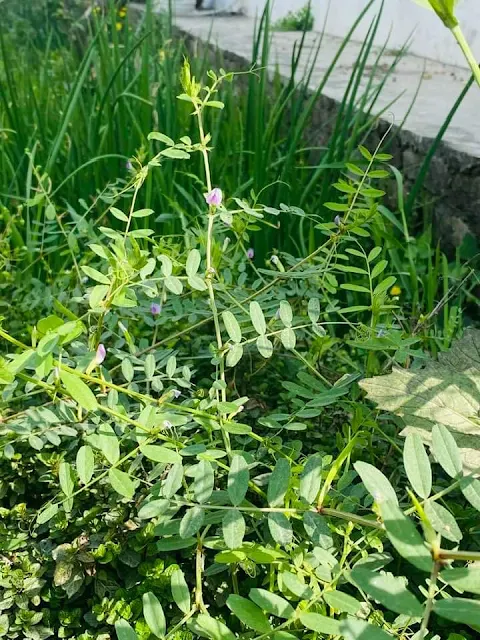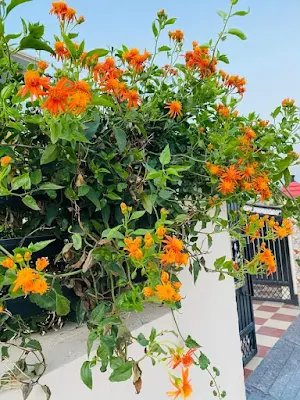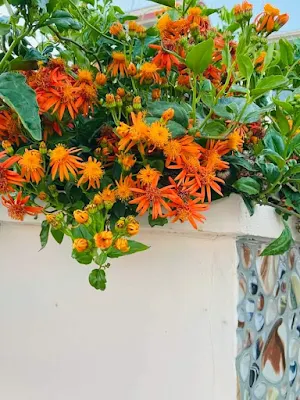Ayurveda , Doctor , Treatment , Medicine , Pure Herbs ,Yoga , Meditation... ...Rejuvenate yourself with Ayurveda and Yoga
Kalonji, black cumin, nigella or by its scientific name Nigella sativa
Combretum albidium , Odakodi , Venaankodi , ulavaimaram
Scoparia dulcis , Kaatukothamalli , Sarkaraivembu
Clitoria ternatea var alba , Vellai sangupoo , Vensangupushpam , Venkaakattan
Blepharis maderaspatensis
Hygrophila auriculata , Astercantha longifolia
Portulaca pilosa
Reference :-
Sugimani Marandi
Ambika Prasad Research Foundation,
Cuttack, Odisha,India
Verbascum coromandelianum (Vahl)
Reference :-
Sugimani Marandi
Ambika Prasad Research Foundation,
Cuttack, Odisha,India
Drosera burmannii
Reference :-
Sugimani Marandi
Ambika Prasad Research Foundation,
Cuttack, Odisha,India
Urtica dioica , Stinging Nettle
Reference
Surendra Parihar
Ex.Professor and Head.
Deptt. of Seed , Science and Technology.
Indian Agricultural Research Institute,
Pusa,
New Delhi,
India 110012
Celosia argentea Syn.: Celosia japonica, Celosia stricta, Celosia plumose , Silver Cockscomb, White Cockscomb, Flamingo Feathers, Wheat Celosia
Reference
Surendra Parihar
Ex.Professor and Head.
Deptt. of Seed , Science and Technology.
Indian Agricultural Research Institute,
Pusa,
New Delhi,
India 110012
Scoparia dulcis , licorice weed, goatweed, scoparia-weed, and sweet-broom
Reference
Surendra Parihar
Ex.Professor and Head.
Deptt. of Seed , Science and Technology.
Indian Agricultural Research Institute,
Pusa,
New Delhi,
India 110012
Carissa carandas, commonly known as Karonda
Reference
Surendra Parihar
Ex.Professor and Head.
Deptt. of Seed , Science and Technology.
Indian Agricultural Research Institute,
Pusa,
New Delhi,
India 110012
Ficus racemose Syn. F. glomerata ,cluster figs, gular figs, Indian figs, Atti, Buah Loa, Lo fruits etc.
Reference
Surendra Parihar
Ex.Professor and Head.
Deptt. of Seed , Science and Technology.
Indian Agricultural Research Institute,
Pusa,
New Delhi,
India 110012
Vernonia anthelmintica
Reference
Surendra Parihar
Ex.Professor and Head.
Deptt. of Seed , Science and Technology.
Indian Agricultural Research Institute,
Pusa,
New Delhi,
India 110012
Trifolium pratense , Red clover
Reference
Surendra Parihar
Ex.Professor and Head.
Deptt. of Seed , Science and Technology.
Indian Agricultural Research Institute,
Pusa,
New Delhi,
India 110012
Rungia pectinate Syn. Parviflora Mushroom Plant
Reference
Surendra Parihar
Ex.Professor and Head.
Deptt. of Seed , Science and Technology.
Indian Agricultural Research Institute,
Pusa,
New Delhi,
India 110012
Vicia sativa known as the common vetch, garden vetch, tare or simply vetch
Reference
Surendra Parihar
Ex.Professor and Head.
Deptt. of Seed , Science and Technology.
Indian Agricultural Research Institute,
Pusa,
New Delhi,
India 110012
Pseudogynoxys chenopodioides Syn.: Senecio confusus, Senecio chenopodioides , Mexican Flame Vine, Orange Glow Vine
Reference
Surendra Parihar
Ex.Professor and Head.
Deptt. of Seed , Science and Technology.
Indian Agricultural Research Institute,
Pusa,
New Delhi,
India 110012
Rejuvenate yourself with Ayurveda and Yoga Campaign
Popular Posts
-
Dr Aditi R Kulkarni M.D.Ayurved Mumbai Ayurved and Panchakarma Yog Therapy Consultant Gokul Nagari , Khadakpada K...
-
DR MAHESH M THAKUR B.A.M.S (MUMBAI) AYURVEDIYA CHIKITSALAYA, AND PANCHAKARMA KENDRA, JAY YASHODHAM , 1st FLOOR BELOW SAMATA HOSPIT...
-
Meditation Yoga Chapter 6, Verse 20 yatroparamate cittaṁ niruddhaṁ yoga-sevayā yatra caivātmanā’tmānaṁ paśyann-ātmani tuṣyati When the mind...
-
DR MAHESH D PATIL B.A.M.S.( MUMBAI) PG DIPLOMA NUTRITION ( DELHI ) CERTIFICATE IN PAEDIATRIC NUTRITION ( IAPEN MEMBER ) PG DIPLOM...
-
Yoga Book Enlightenment _ what it is & Leave death alone
-
Yoga Book Healing your Emotional Self - A Powerful Program to Help you Raise your Self-Esteem, Quiet your Inner Critic, and Ove...
-
Yoga Book Yoga Darshan Vision of the Yoga Upanishads by Swami Niranjanananda
-
A story told by Sai Baba: Every action has consequences Premachand is an eminent and well-known Hindi writer. Both of his sons studied in Al...
-
YOGINI AYURVED BHANDAR 1, BALAJI DARSHAN, CHEDDHA ROAD, BEHIND JOSHI HIGH SCHOOL, SARASWAT COLONY, DOMBIVLI EAST THANE INDIA ...
